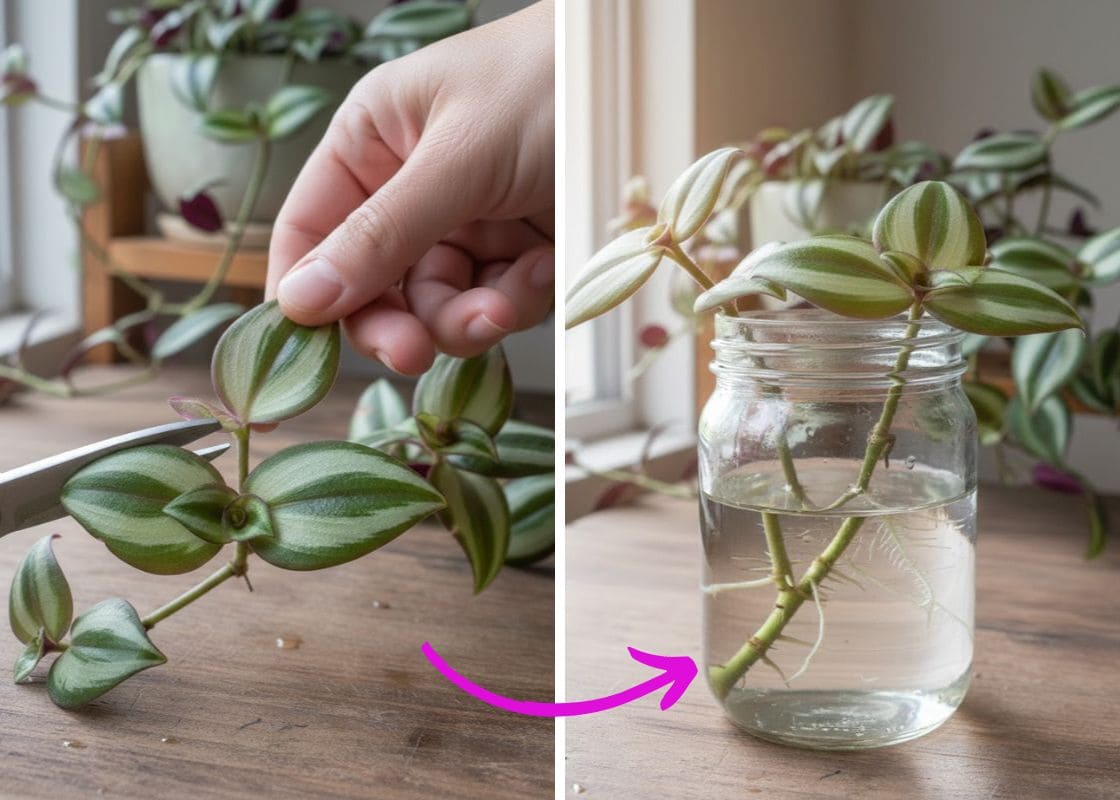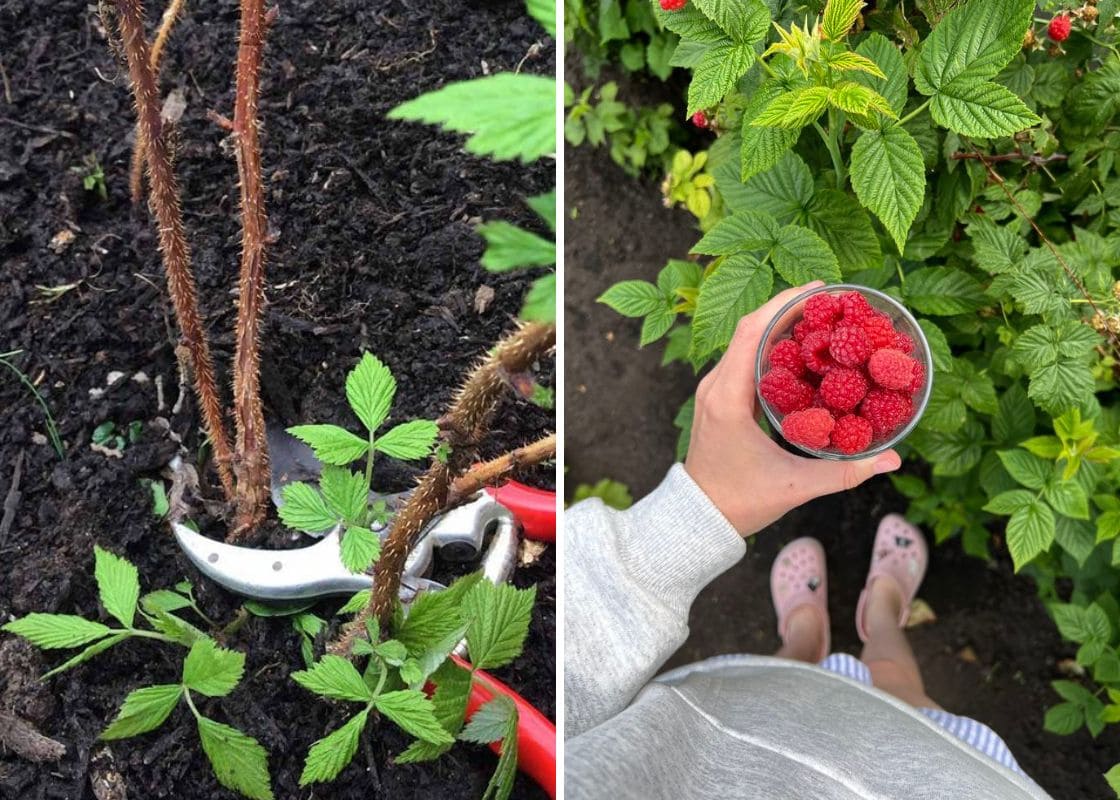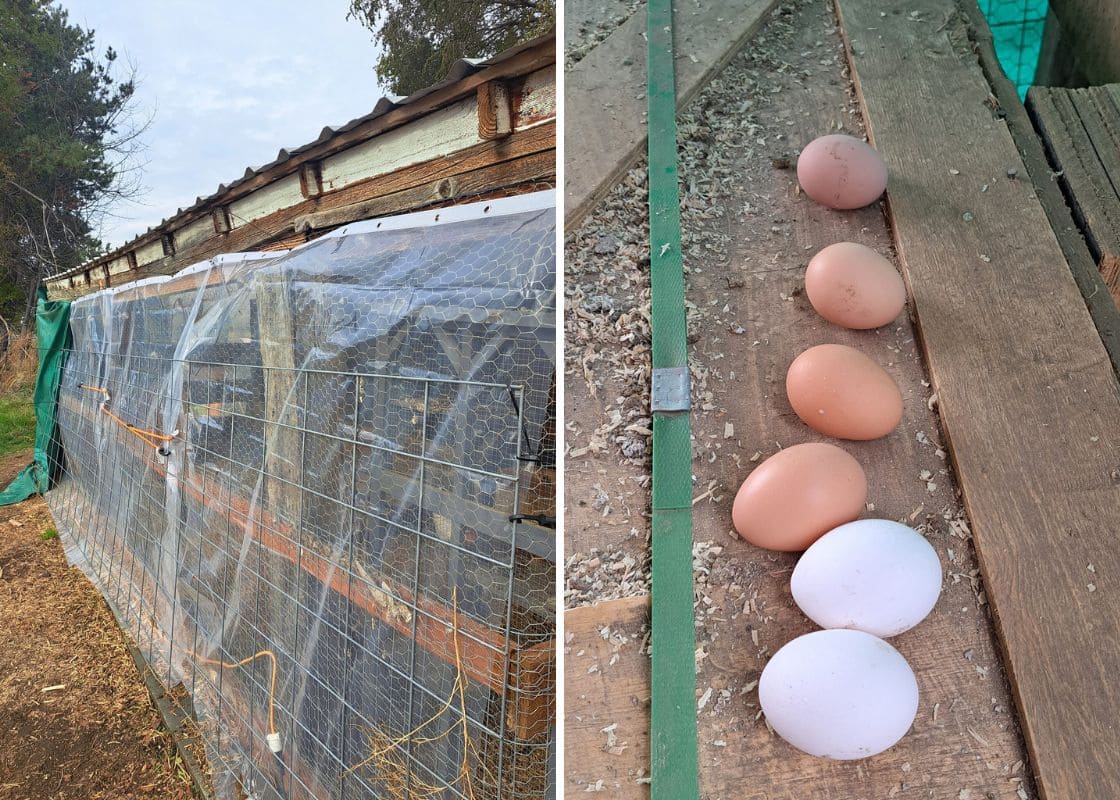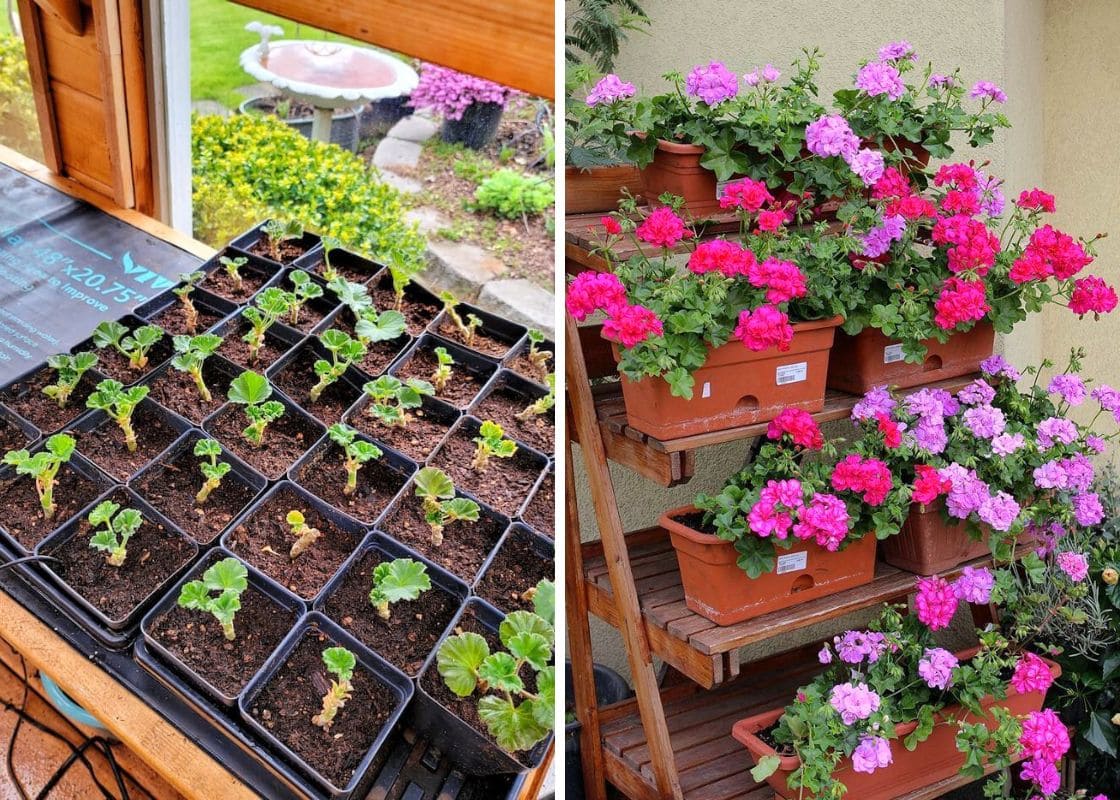Frogs and toads can be both a blessing and a curse in the garden. While they help control insect populations, their presence can sometimes become overwhelming.
If you’re dealing with this issue, this article offers practical strategies to manage frogs and restore harmony to your environment.
Whether in gardens or near water bodies, these tips provide effective solutions to maintain a balanced ecosystem without compromising your tranquility.
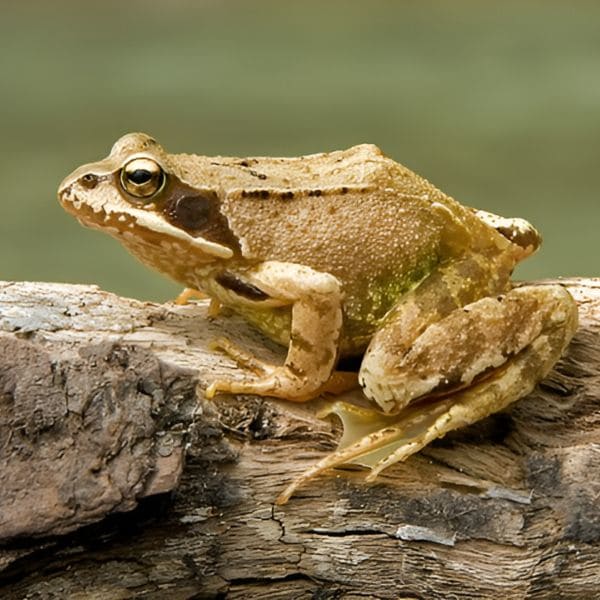
| Class | Amphibia |
| Common name | Frog |
| Size | Up to 1 ft |
| Color | Green, brown, yellow, red, blue |
| Lifespan | 1-15 years |
| Diet | Insects, small invertebrates, small mammals and birds |
| Habitat | Freshwater bodies, wetlands, forests, grasslands |
| Reproduction | Oviparous, laying eggs in water |
| Development | Metamorphosis (egg, tadpole, adult) |
| Vocalization | Croaking, chirping, trilling |
How to Identify Frogs
Frogs vary widely in size from a few centimeters to several inches covered in smooth, moist skin, their colors and patterns also serve as effective camouflage.
They primarily inhabit areas adjacent to water bodies such as ponds, lakes, or streams, though some may also reside in terrestrial or arboreal habitats.
Here are two frogs that are encouraged to remove:
- American Bullfrog: Native to the eastern U.S., this invasive species have loud calls and voracious appetites, harming local amphibians by preying on them and competing for resources.
- Cuban Tree Frog: Introduced to Florida, these frogs with loud, annoying calls outcompete native species and often invade homes, seeking cool, moist areas.
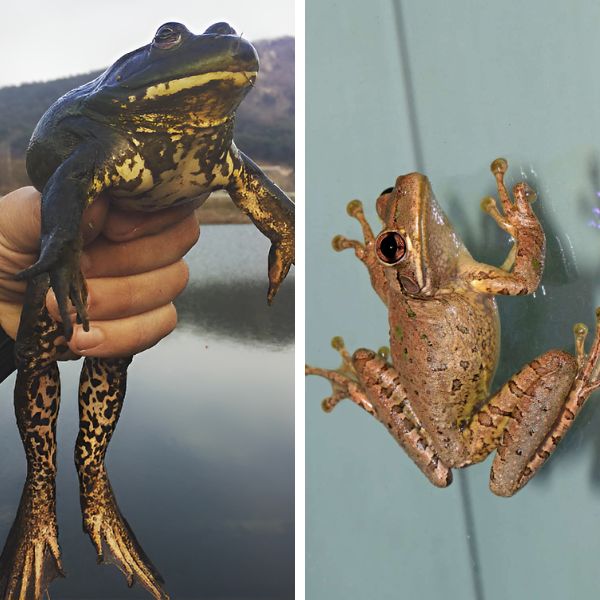
However, there are several endangered varieties you should notice:
- Sierra Nevada Yellow-Legged Frog: Inhabits high-altitude lakes and streams in California, notable for its distinct yellow underside and legs.
- Florida Bog Frog: Native to Florida’s wetlands, characterized by its small size and preference for boggy areas.
- California Red-Legged Frog: Found in California’s coastal regions, known for its striking red legs and significant ecological role.
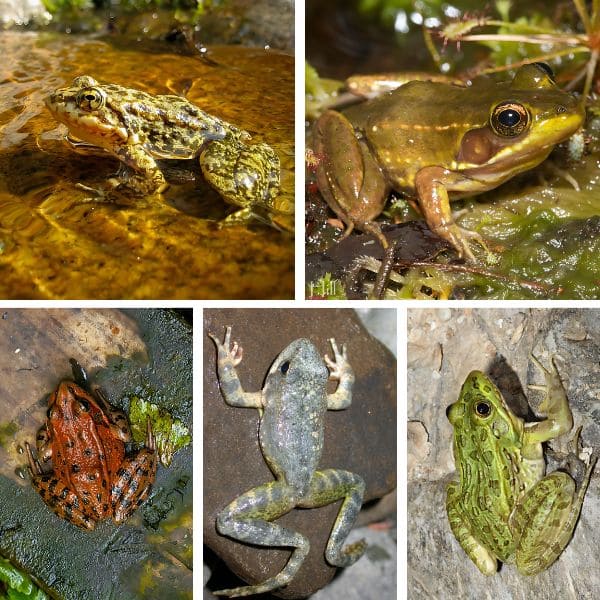
Before taking action, you need to check local laws regarding frog management.
If uncertain about a frog’s native status, take a photo and consult Fish and Wildlife authorities for guidance on the best approach.
12 Tips to Get Rid of Frogs Effectively
#1. Remove Habitat
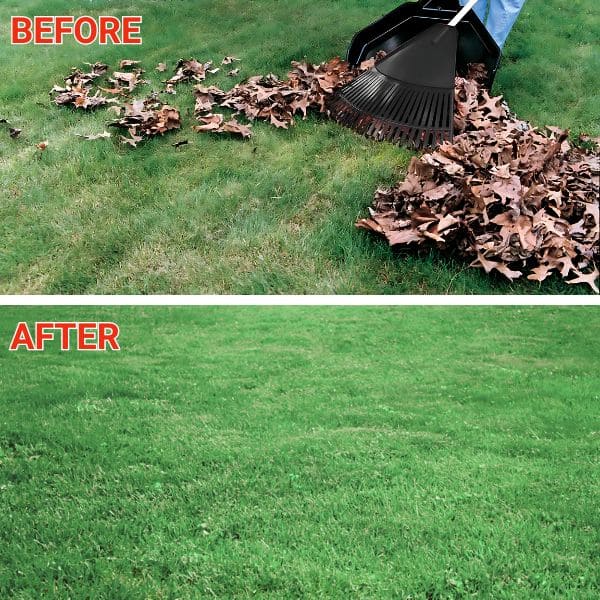
First step, clear out dark, damp areas like old wood and leaf piles where frogs hide reducing their attraction to your yard.
#2. Stop Reproduction
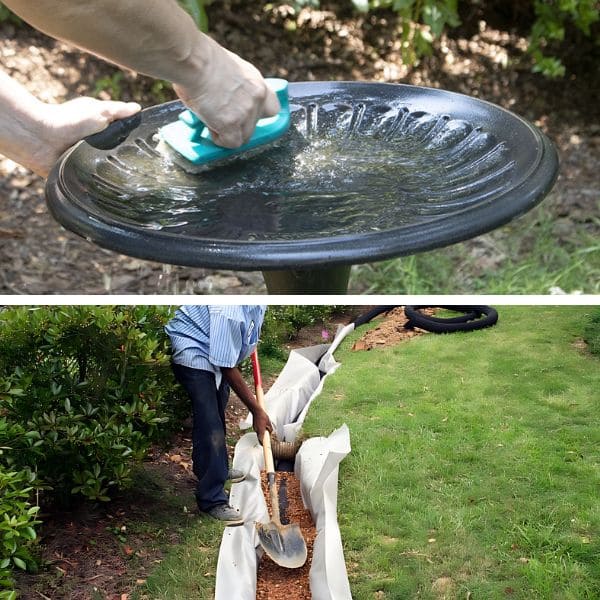
You can eliminate standing water such as birdbaths or puddles, which serve as breeding grounds for frogs and mosquitoes alike.
In addition, installing pumps or filters in ponds can maintain water circulation and discourage stagnant conditions that frogs prefer.
#3. Use Physical Barriers
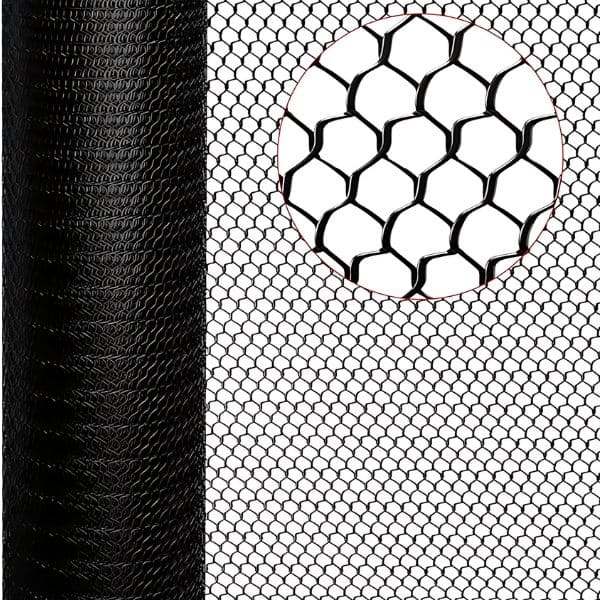
You should use mesh netting or sturdy plastic options to install fencing. Ensure your fences are at least 24 inches tall to prevent frogs from jumping over.
When installing, bury support posts underground and partially embed fencing material below ground to prevent burrowing.
#4. Destroy Shelter
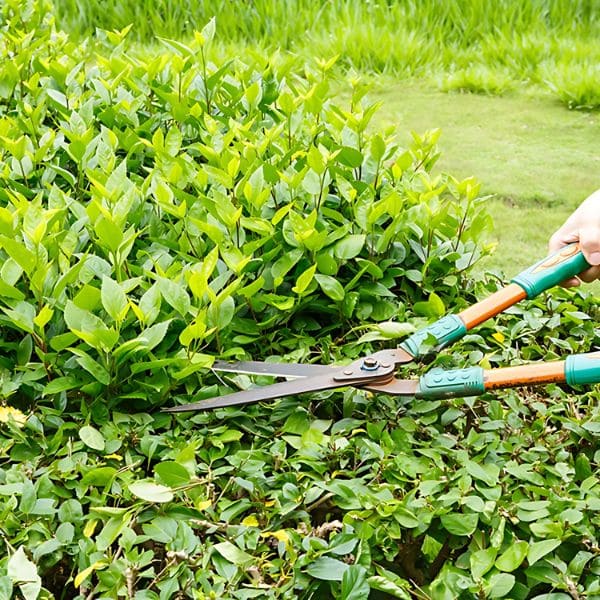
If you want to provide ideal hiding spots preferred by frogs, cut back overgrown vegetation like tall grass and dense shrubs.
Clearing such areas exposes frogs, making them less comfortable and less likely to stay.
However, if you wish to keep tall or bushy plants, relocate them away from water sources to minimize hiding spots.
#5. Use Repellents
You can consider natural repellents to deter frogs without causing harm.
For instance, a solution of citric acid mixed with water can be applied directly on frogs to encourage them to move away swiftly.
If citric acid is not available in your house, you can sprinkle salt around pond edges or areas where frogs gather can also deter them without harming plants.
Alternatively, spreading coffee grounds in these areas can also discomfort frogs, prompting them to leave peacefully.
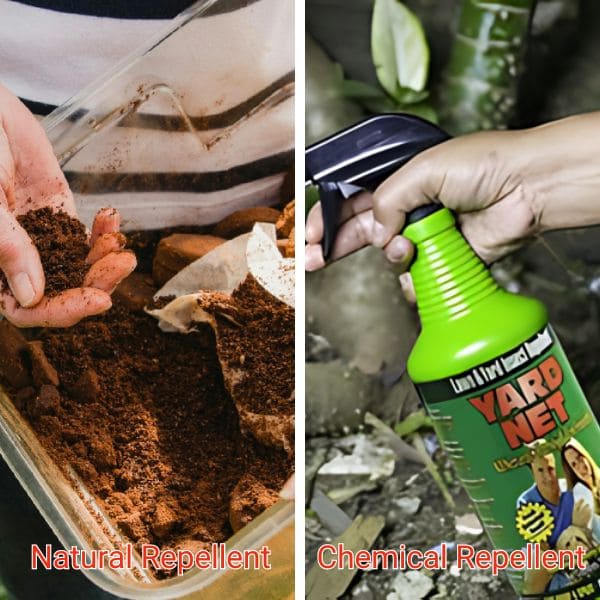
If natural repellents prove ineffective, chemical pest control methods for frogs should be a last resort due to potential harm to frogs and the environment.
You can apply snake repellent around your yard to deter both frogs and snakes effectively.
In addition, certain herbicides can also disrupt male frogs’ reproductive abilities, reducing their population over time in frog-concentrated areas.
However, whatever method you apply, use chemicals responsibly and consider their impact on the environment and wildlife.
#6. Use A Net to Capture
For small populations, you can catching frogs by using a butterfly net or similar tool one by one.

Once caught, you have two options: relocate them to a nearby pond or stream where their species naturally resides to maintain ecological balance; alternatively, if relocation isn’t feasible, humanely euthanize them by freezing.
If you select the second way, place the frogs in a container with air holes, refrigerate overnight to induce a sleep-like state.
Then you can transfer to the freezer for 48 to 72 hours to ensure humane euthanasia.
#7. Use Natural Predators
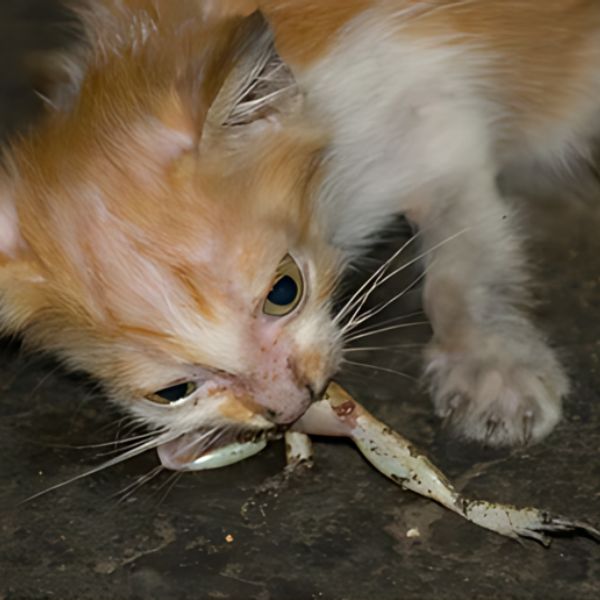
Cats often visit your yard and naturally prey on frog.
But before introducing predators, you need to research their preferred prey and ensure they are not sensitive to toxins that frogs may carry.
You can also create a habitat that welcomes other natural predators like hawks or birds that feed on frogs, promoting a balanced ecosystem in your yard while addressing concerns related to frogs.
#8. Control Food Source
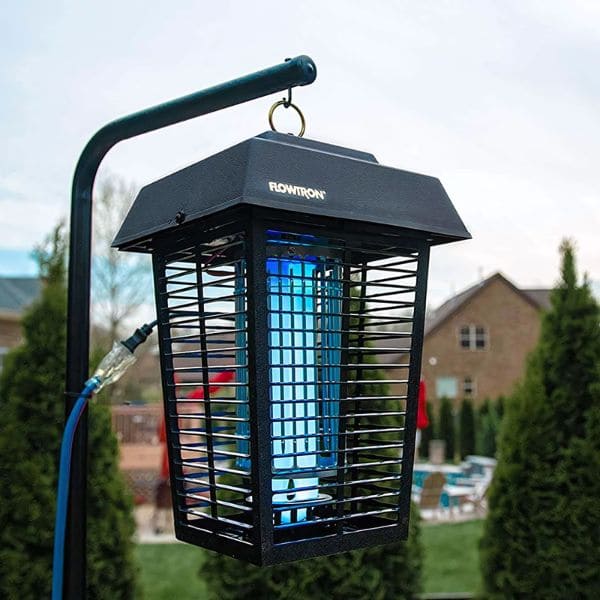
To deter frogs from entering your yard, focus on controlling their primary food source: insects such as flies and mosquitoes.
Installing a bug zapper on your porch effectively attracts and eliminates flying insects.
Alternatively, using organic insecticides helps manage pests without harming frogs, unlike some chemical alternatives.
By reducing insect populations, you create an environment less attractive to frogs, thereby minimizing their presence around your home.
#9. Reduce Attractiveness
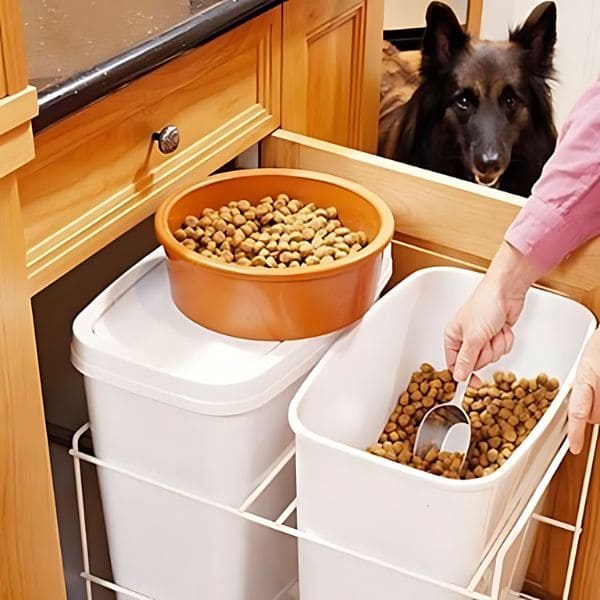
To discourage frogs, you need to keep pet food indoors as leaving pet food outside can attract frogs seeking an easy meal.
Storing pet food indoors removes a potential food source that might draw frogs to your yard or patio.
#10. Use Strategic Sound and Light
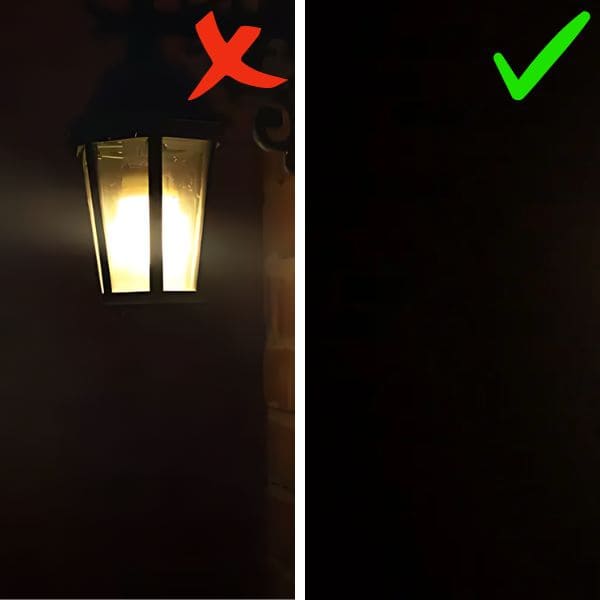
Employ devices that emit sound frequencies or light patterns known to disrupt frogs, making your yard less inviting to them.
Turning off outdoor lights at night reduces insect activity, which serves as a food source for frogs, thus decreasing their attraction.
Additionally, closing curtains and switching off indoor lights minimizes light that could attract frogs near your home.
#11. Set Traps Indoors
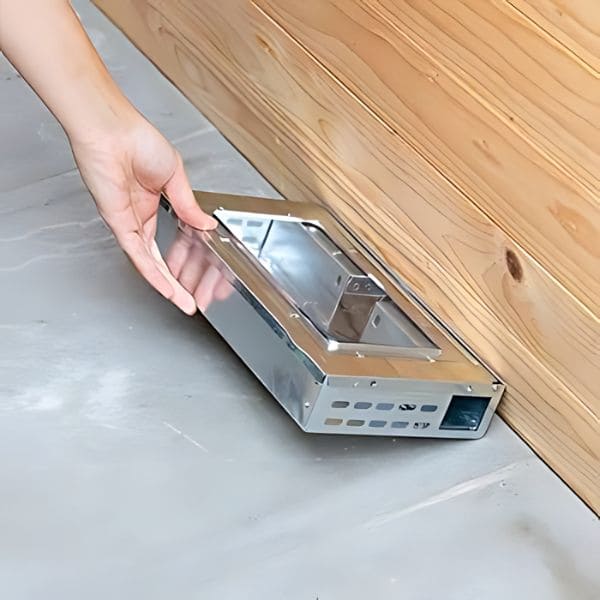
If frogs have entered your home, consider using standard mouse traps to capture them.
Strategically place these traps near any openings connecting the outside to the inside, such as garage doors, basement windows, and vents.
You should check the traps regularly and safely to release any captured frogs away from your home.
This approach effectively manages indoor frog intrusions while ensuring they are handled with care and relocated to suitable outdoor habitats.
#12. Seek Professional Guidance
Consult wildlife experts or pest control services for tailored guidance on managing your specific frog issue.
They can assess your situation and recommend safe, efficient methods to address frog populations in your area.
Professional advice ensures you handle the situation effectively while respecting environmental concerns and local regulations.
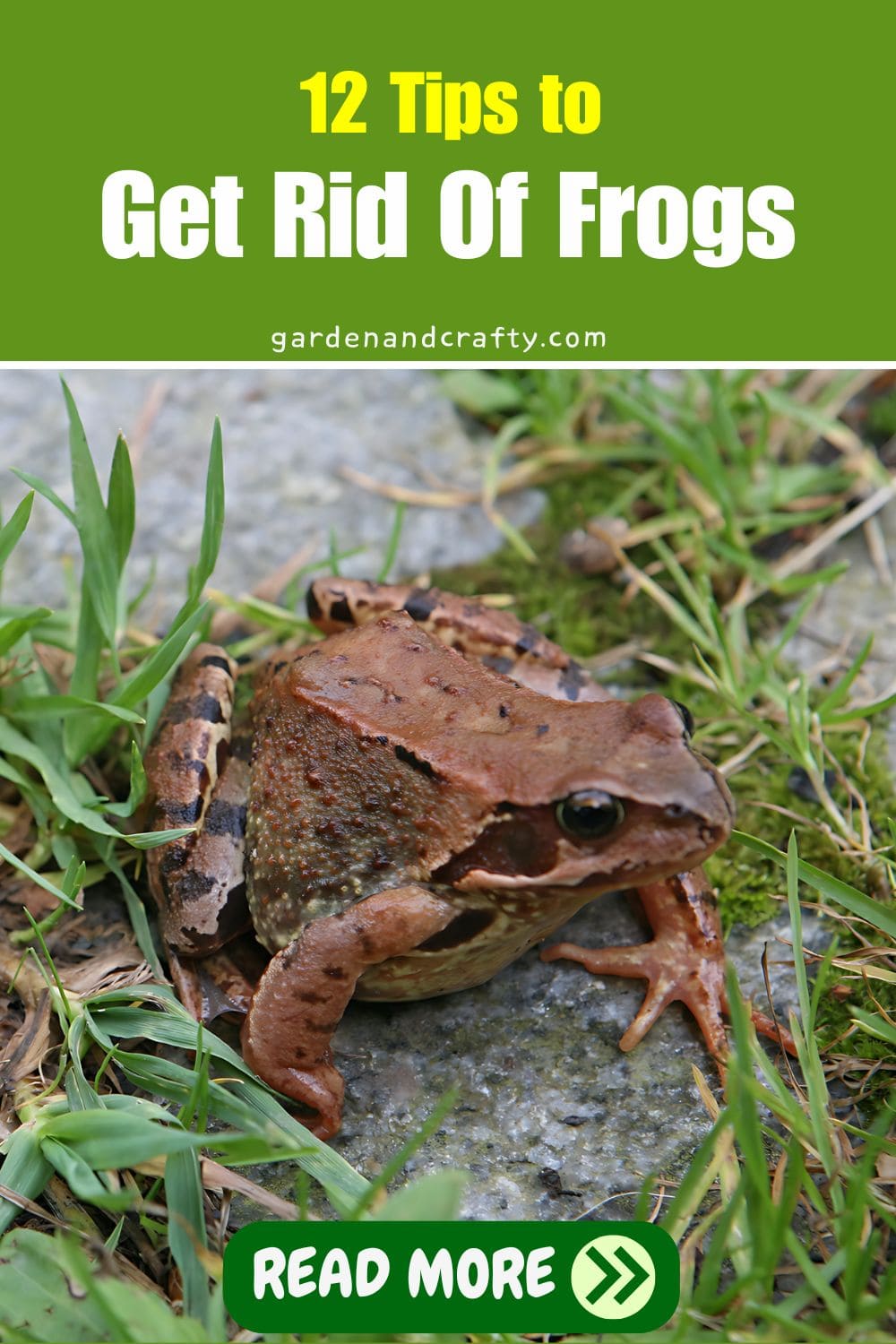
The 12 tips above provide effective methods for removing troublesome frogs from your living space. Remember to maintain hygiene and clean regularly to elevate your quality of life.

